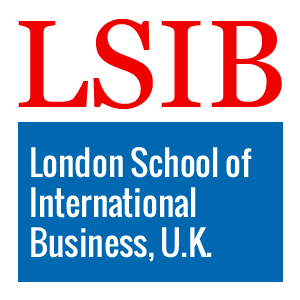Professional Certificate in Border Security Mapping Techniques
Published on June 27, 2025
About this Podcast
HOST: Welcome to our podcast, where we discuss cutting-edge courses and their impact on various industries. I'm thrilled to have here today an expert in border security mapping techniques. Could you please introduce yourself? GUEST: Hello, I'm Dr. Smith, a 20-year veteran in law enforcement and currently a leading educator in border security. HOST: Fantastic! Let's dive into the Professional Certificate in Border Security Mapping Techniques. How have mapping techniques evolved in the field of border security? GUEST: Great question! Over the past decade, we've seen an increase in the availability and sophistication of geospatial data, allowing us to create more accurate and actionable maps for better security. HOST: That's fascinating. With these advancements, what are some challenges security professionals face when learning or implementing these techniques? GUEST: Time and resources are always a concern. Additionally, staying up-to-date with rapidly evolving tools and technologies can be challenging. HOST: Indeed, continuous learning is crucial in this field. Now, how do risk assessment and strategic planning factor into this course? GUEST: We integrate risk assessment methods to identify potential threats and vulnerabilities. This information is then used to develop more effective and efficient strategic plans for border management. HOST: Looking forward, what do you envision for the future of border security mapping techniques? GUEST: I believe we'll see greater adoption of AI and machine learning, enabling automated data analysis and real-time threat detection. HOST: That sounds both exciting and challenging! Thank you, Dr. Smith, for sharing your insights on the Professional Certificate in Border Security Mapping Techniques. It's clear this course is essential for security professionals looking to make a significant impact. GUEST: Thank you for having me. It's been a pleasure sharing my experiences and perspectives on this vital topic.
